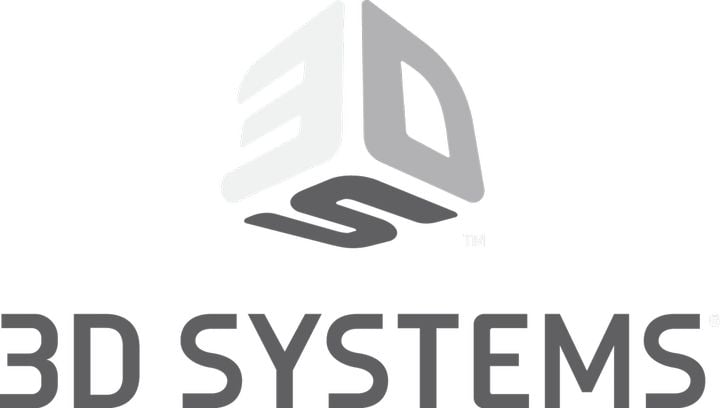
3D systems announced their 2020Q3 financial results, and there were some interesting elements in the report.
While the company has persistently lost money each quarter for some time now, the most recent CEO, Jeffrey Graves, intends on fixing the ongoing financial challenges through a series of clean-up activities. We may have seen one of the first of these activities last week when the company announced they had sold Cimatron and GibbsCAM to another buyer.
What were this quarter’s results?
For starters, the company received US$20M less revenue than the corresponding quarter in 2019. That’s entirely understandable, given the current state of world affairs.
However, they suffered an operating loss of US$67.6M, which is US$55.7M greater than the 2019 quarter. How could the loss be so much when there was only US$20M less revenue?
The answer, it seems, could be a goodwill charge. 3D Systems explains:
“Included in operating expenses is a $48.3 million pre-tax non-cash goodwill impairment charge. The goodwill impairment was identified in connection with an interim goodwill impairment test. The interim test was necessitated by our identification of certain impairment triggering events associated with the decline of the company’s share price ultimately due to the impact on the business environment from the COVID-19 pandemic. The impairment charge will not result in any cash expenditures and will not affect the company’s cash position, liquidity, availability or covenant test under its senior secured term loan facility and its senior secured revolving credit facility.”
Ok, that’s a lot of words, but what does it mean? I believe this refers to the sale of Cimatron/GibbsCAM, as the sale was apparently for an amount some US$30M less than they paid in 2015. It may be that the goodwill (the amount exceeding the asset value of the company) had grown in five years, leading to a bigger chunk of the US$48.3M charge upon the sale.
Is this a bad thing? I don’t think so. When a company is restructuring, as 3D Systems appears to be embarking on, they must incur various types of costs. The idea is “pay now, save later”.
3D Systems is very likely to take a hit on further restructuring costs as they deploy their plan in coming months. There could be more of this type of maneuver, as 3D Systems had acquired many dozens of companies during the 2010-2015 period. Some of these may generate similar goodwill charges if sold, but I suspect few if any would be of this magnitude.
Graves said:
“While the challenges of the pandemic persist, we were pleased to deliver strong sequential quarterly growth in both our Healthcare and Industrial businesses of approximately 20%, as markets incrementally opened around the world. While volatility continues, we anticipate these trends continuing as we move forward through our fourth quarter. With our restructuring efforts on track to deliver our targeted $60 million in savings on a run-rate basis by year end, we are pleased with our progress in the quarter and believe we will exit the year a much more efficient, highly focused additive manufacturing company that is well positioned as a market leader in this exciting industry.”
If they can indeed save US$60M in annual expenses, that could dramatically close the profitability gap that has so long plagued 3D Systems.
Via 3D Systems
